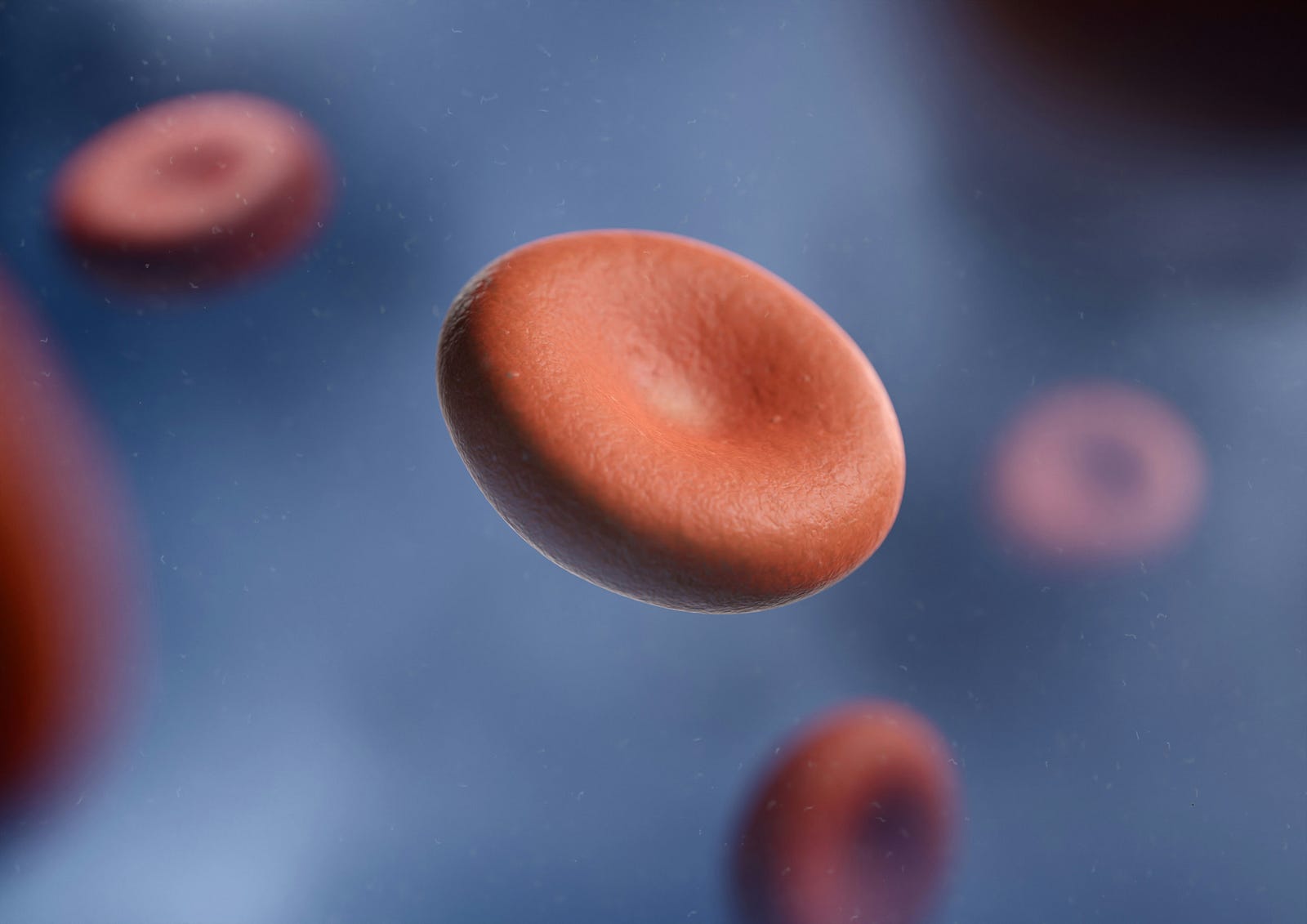Rethinking stroke treatment: Anticoagulation shows no benefit in preventing a second stroke.
Rethinking Stroke Treatment. In 2015, my world shifted when I lost my father to a stroke at the age of 85. I vividly recall a conversation with his neurologists about the risks of strong blood thinners (anticoagulants) for stroke prevention, particularly considering the potential for bleeding complications.
Back then, this felt like the only approach.
My father decided that the potential benefits of anticoagulation were not worth the risks.
But I always wondered: Had my brilliant father chosen poorly?

Fast forward to today, and two recent studies, NOAH-AFNET 6 and ARTESiA, are shaking things up in stroke management.
These studies are re-evaluating the use of anticoagulants for stroke prevention in a specific patient group.
This new research sparked my curiosity.
Do the new findings vindicate my father’s decision? Or because he had a first stroke with associated symptoms, is his case different?
More importantly, could they change how we treat individuals suffering a stroke moving forward?
My Goals – Rethinking Stroke Treatment
In this article, I’ll delve into the NOAH-AFNET 6 and ARTESiA studies, explore their potential impact on stroke treatment, and discuss what these findings might mean for the future.
I’ll end with some ways you can drop your stroke risk.

Blood Thinners to Prevent a Second Stroke – Rethinking Stroke Treatment
Both NOAH-AFNET 6 and ARTESiA were large-scale, randomized clinical trials designed to evaluate the effectiveness and safety of anticoagulant blood thinning or clot-preventing) therapy compared to standard treatment (aspirin or placebo) for stroke prevention.
The studies focused on a specific group of patients: those with a history of stroke or transient ischemic attack (TIA) detected by implanted cardiac devices.
Transient Ischemic Attack (TIA)
www.stroke.org.
These TIAs, often referred to as “mini-strokes,” are brief episodes of neurological dysfunction that typically last less than an hour and leave no lasting damage.
However, they serve as a warning sign for potential future strokes.
Here is where my dad’s case differs. Doctors diagnosed my father’s stroke because of his symptoms.

In contrast, in these studies, doctors identified the strokes or TIAs through implanted cardiac devices that continuously monitor heart rhythm.
This approach allowed researchers to identify a subgroup of patients who might have experienced these events without exhibiting outward symptoms, potentially putting them at a higher risk of future strokes.
Study Results: Balancing Risks and Benefits
When analyzed using a meta-analysis approach, NOAH-AFNET 6 and ARTESiA findings revealed some intriguing results.
The studies demonstrated this:
For patients with a history of device-detected stroke or TIA, using blood thinners (specifically edoxaban and apixaban in these studies) reduced the risk of ischemic stroke (strokes caused by blood clots blocking blood flow to the brain) compared to aspirin or placebo.
However, the studies also highlighted a crucial trade-off.
While these drugs reduced ischemic stroke risk, there was a corresponding increase in the risk of major bleeding events associated with blood thinners.
Let’s explore how many people we would have to treat to see a benefit from blood thinning drugs.
Rethinking Stroke Treatment: A Personalized Approach on the Horizon?
The findings from NOAH-AFNET 6 and ARTESiA represent a significant shift in stroke prevention strategies.
Traditionally, the risk of bleeding complications often outweighed the potential benefits of blood thinners in stroke patients.
Thus, my father declined anticoagulants.

However, these studies suggest that the balance might tip favor anticoagulation for a specific subgroup with device-detected stroke or TIA.
Rethinking Stroke Treatment: Breaking Down the Numbers
Taya Glotzer, MD, an electrophysiologist at the Hackensack University Medical Center (New Jersey, USA), highlights the relatively small reduction in stroke risk observed in both studies.
In ARTESiA, the annual stroke reduction was just 0.44 percent, requiring treatment for 250 patients to prevent one stroke.
NOAH-AFNET 6 showed even smaller reductions, with a 0.2 percent decrease in the main trial and a 0.7 percent reduction in patients with stroke history.
The combined results translate to this:
We would need to treat 500 (for the ARTESiA study) and 143 patients (for NOAH-AFNET 6), respectively, to prevent a single stroke.

Benefits Are Small
Dr. Taya Glotzer, an electrophysiologist at Hackensack University Medical Center, emphasizes that these reductions wouldn’t meet the “class 1 recommendation” criteria for blood thinners, which typically require a 1–2% annual stroke reduction.
However, she does acknowledge a positive takeaway: the studies demonstrate a “very, very low” stroke rate in patients with a history of stroke.
My Take – Rethinking Stroke Treatment
These studies offer valuable insights, but we should exercise caution.
While blood thinners might be beneficial for some stroke patients with implanted cardiac devices, the reduced stroke risk comes with an increased risk of bleeding.
More research is needed to determine the optimal approach for this specific patient population.
The recent research findings pave the way for a more personalized approach to stroke prevention.
By considering factors like the type of stroke, underlying risk factors, and implanted cardiac devices, doctors can have a more nuanced conversation with patients about anticoagulant therapy’s potential benefits and risks.
This comprehensive approach can empower patients to make informed decisions about their stroke prevention plan.

However, it’s important to remember that these studies are just the beginning.
More research is needed to fully understand the long-term implications of blood thinners in this patient population and further refine treatment strategies.
Perhaps, by exploring this new landscape, we can honor the memory of those lost and pave the way for better treatment options for those facing stroke.
Take Action
Here are some steps you can take to drop your stroke risk:
- Keep your cholesterol and blood pressure in the normal range
- Don’t smoke
- Keep your glucose (blood sugar) in the normal range
- If you have heart disease, get treatment
- Maintain a healthy weight
- Be active
- Eat a balanced diet.
Taking these steps can also help lower your risk of diabetes and heart disease.
Summary – Rethinking Stroke Treatment
While blood thinners reduce the risk of ischemic stroke, they also increase the risk of major bleeding events.
Before 2024, stroke prevention felt like a clear-cut decision — a binary choice between anticoagulation and not.
Now, we find ourselves in a complex grey zone, carefully weighing the risk of stroke against the potential for bleeding complications with blood thinners. This shift in our understanding requires a more nuanced approach to stroke treatment.
Anticoagulation Shows No Benefit in Preventing Second Stroke
For patients who have had a stroke, anticoagulation with edoxaban didn’t reduce the risk for another.www.medscape.com.
Thank you for reading “Rethinking Stroke Treatment.” REMEMBER TO SIGN UP TO FOLLOW THIS BLOG! Thanks.




